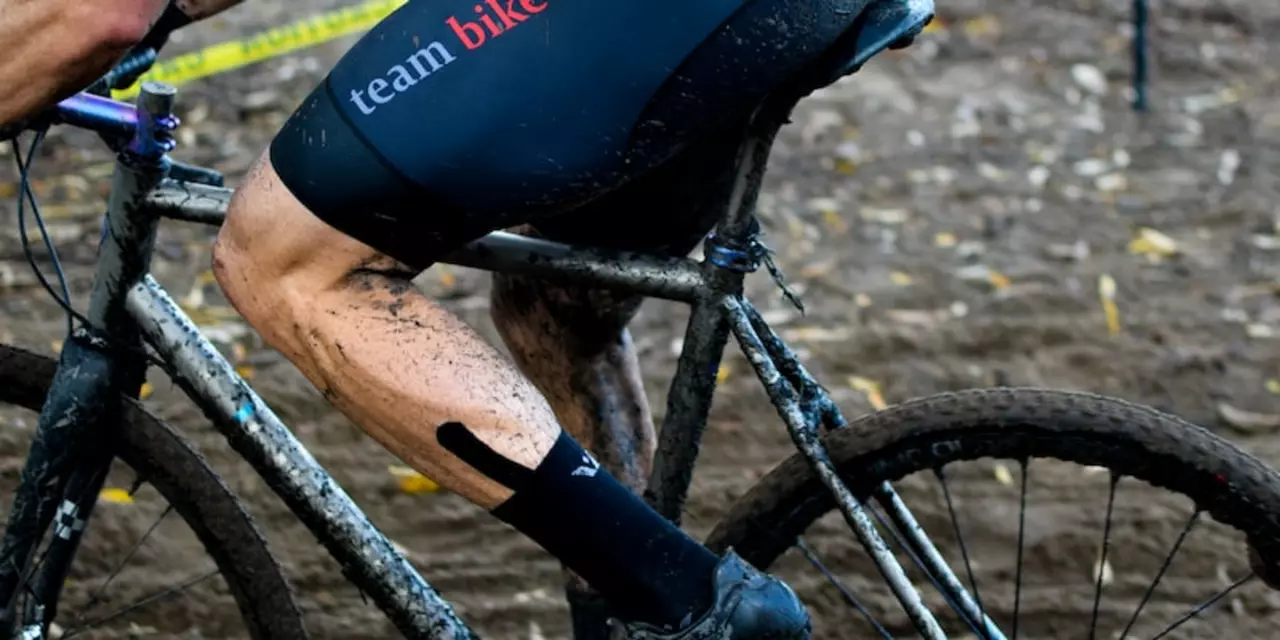Helmet Guide for Equestrian Riders
When you hop on a horse, the last thing you want to worry about is safety gear. But the right helmet can mean the difference between a fun day in the field and a costly injury. Below you’ll find plain‑spoken advice on picking a helmet, getting it to fit just right, and looking after it so it stays effective.
How to Choose the Right Helmet
Start by checking that the helmet meets the safety standards for your country – look for labels like BSI, ASTM or SEI. A certified helmet means it’s been tested for impact resistance. Next, think about the riding discipline. Dressage helmets are sleek and low‑profile, while jumping helmets tend to have a slightly higher shell for extra protection. If you ride both, a versatile model with a removable cheek pad can work.
Fit is everything. Hold the helmet on your head and press it firmly against the forehead; there should be no gaps. Adjust the straps so the chin strap is snug but not choking. When you move your head, the helmet should stay in place without sliding. Remember to measure your head circumference with a soft tape measure – most brands list size ranges you can match.Comfort matters too. Look for a helmet with a removable, washable liner. Moisture‑wicking fabric helps keep sweat away, especially on hot days. Test a few styles in the shop; you’ll notice quickly which shape feels natural.
Caring for Your Riding Helmet
A helmet isn’t a set‑it‑and‑forget‑it item. After each ride, wipe down the shell with a damp cloth to remove dust and sweat. Let it air dry completely before storing. If the liner is removable, toss it in the washing machine on a gentle cycle or hand‑wash it according to the label.
Inspect your helmet regularly. Look for cracks, deep scratches, or worn‑out padding – any sign of damage means it’s time for a replacement. Even if it looks fine, most manufacturers recommend swapping the helmet after five years of regular use, because the materials can degrade over time.
When you store the helmet, keep it off the floor and away from direct sunlight. A simple rack or a breathable bag does the trick. Avoid stacking heavy gear on top of it, as that can cause dents that reduce impact protection.
By choosing a certified helmet, fitting it correctly, and giving it proper care, you’ll ride with confidence and keep your head safe. Whether you’re trotting through a meadow or competing in a show, a well‑maintained helmet is the best teammate you can have.
In horseback riding are you safer wearing a helmet or not?
This article discusses the safety benefits of wearing a helmet while horseback riding. It explains that helmets are designed to absorb the impact of a fall, which can help reduce the risk of serious injury or death. It also notes that helmets may not protect against all types of injuries, such as those caused by a horse's hooves. The article concludes that although helmets are not mandatory in all countries, experts recommend wearing one when horseback riding for added safety. In conclusion, wearing a helmet while horseback riding is highly recommended for added safety.
READ MORE